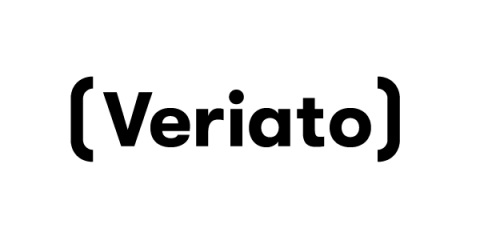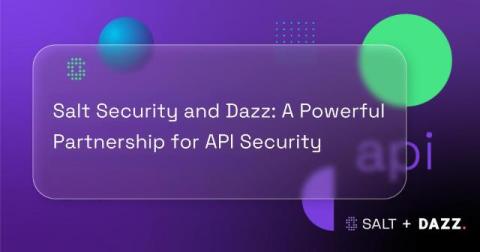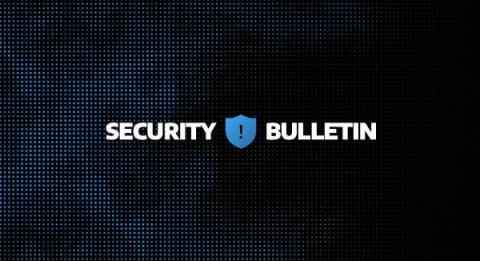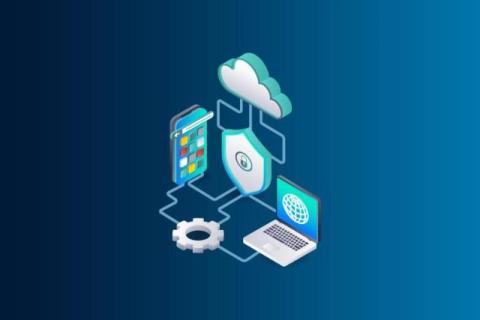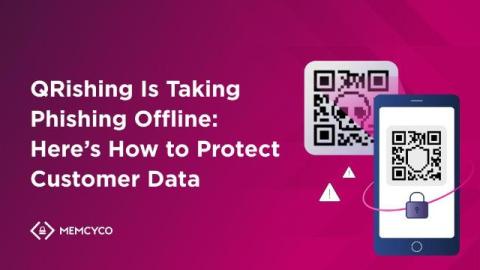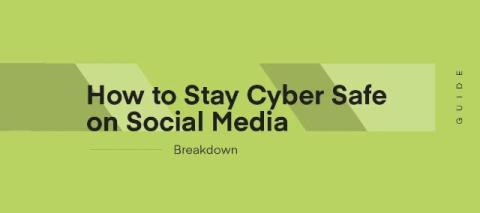E-Commerce Security Woes: Millions of Stolen User Sessions Found for Sale
The booming e-commerce industry, with its projected $5 trillion in sales by 2025, has become a prime target for cybercriminals, a fact highlighted in the new Trustwave SpiderLabs report, Retail Sector Deep Dive: Rise of E-Commerce Threats.



